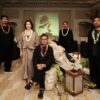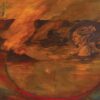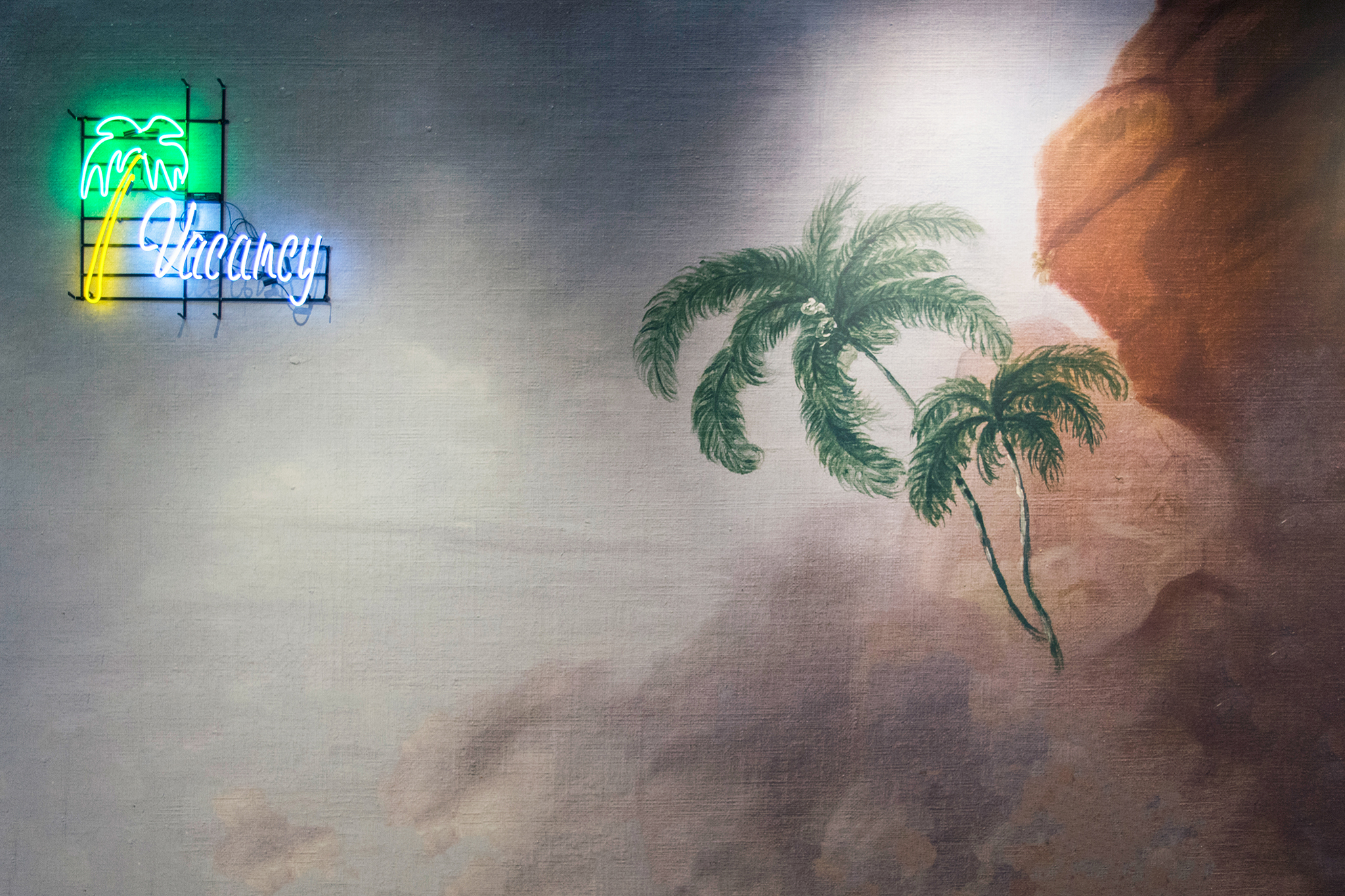Text by Josh Tengan
Images courtesy of the artists and Hawai‘i Contemporary
Honolulu’s contemporary art ecosystem is relatively small and underdeveloped for a city of its size. Its Indigenous art community is an even smaller subsection of that. Everyone knows everyone. I was reintroduced to artist, gallerist, curator, and educator Drew Broderick in 2014 after moving home to Hawai‘i from England. He was running SPF Projects, the only independent artist-run initiative at the time, whose mission was to support art with a critical focus on Hawai‘i.
Not long after, I began working for his mother, Maile Meyer, founder of Native Books/Nā Mea Hawai‘i and executive director of the arts nonprofit Pu‘uhonua Society. Their ‘ohana has supported artists and creatives in Hawai‘i for generations. After six years of working collectively on various efforts, I am a part of this extended network of continuity and care.
In 2018, I was appointed assistant curator, alongside curator Nina Tonga, of Honolulu Biennial 2019, a multi-site public exhibition of art and ideas from Hawai‘i and the Pacific. Broderick was a participating artist in the first edition of the biennial in 2017, curated by Ngahiraka Mason. He returns as an associate curator for the exhibition’s third iteration, Hawai‘i Triennial 2022, themed Pacific Century: E Ho‘omau no Moananuiākea.
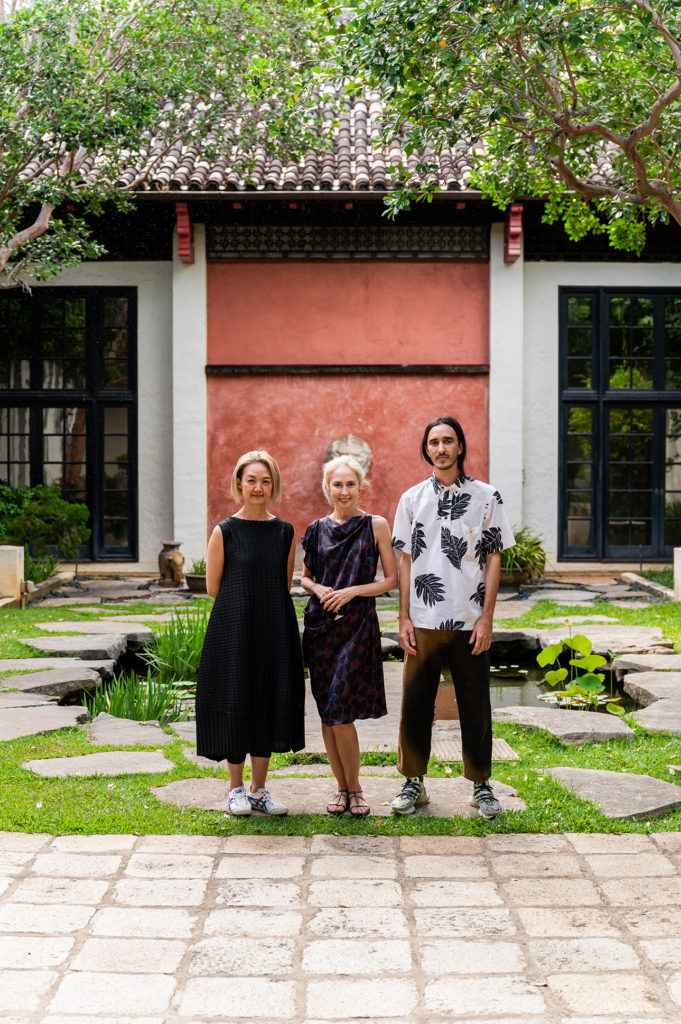
Josh Tengan: What communities do you belong to? As one of the curators of the upcoming Hawai‘i Triennial, who do you see as your audience?
Drew Broderick: I’m from Mōkapu, a peninsula between the bays of Kāne‘ohe and Kailua, on the windward side of the island of O‘ahu in the occupied archipelagic nation of Hawai‘i. It’s from this place that my sense of belonging comes.
“Community” is a loaded word, full of relationships, fraught with contradictions, as alienating as it is empowering. Sometimes we claim, and sometimes we are claimed. Either way, the context from which we live, work, make, and care shapes us, as do the communities we belong to and the audiences that our collective efforts serve.
Knowing this, I try not to assume a particular audience, as there are often many more than we initially imagine. That said, I believe that biennials and triennials, no matter where they happen, should begin from where they are. Without Hawai‘i, there is no Hawai‘i Triennial. This understanding is fundamental. Regardless of who the upcoming triennial is for, those involved must embody a deep sense of responsibility to the forms and flows, both animate and inanimate, that comprise this place—Hawai‘i nei.
Biennials and triennials, no matter where they happen, should begin from where they are. Without Hawai‘i, there is no Hawai‘i Triennial.
JT: Some of the major arguments in favor of launching the inaugural Honolulu Biennial (now the Hawai‘i Triennial) were that most major cosmopolitan cities around the world host large-scale international art exhibitions, and that Hawai‘i provides a unique exhibition context as a crossroads of the Pacific, where East, West, and Indigenous culture collide. How do you understand this framing of the place you call home?
DB: From my perspective, the second point you mention is perhaps more significant to the work that has been done and continues to be done locally within communities. If something is happening elsewhere in the world, that doesn’t necessarily mean it should take place here. We are well aware that biennials and triennials originated in a European context during the late 19th century.
Indeed, Hawai‘i has a lot to offer global conversations. Our unique position at a piko of Moananui, a center of the Pacific, is not to be taken for granted. With time and practice, however, I have realized that internationally oriented art events often take more from Indigenous and local communities than they give. This asymmetry is commonplace throughout the global circuit and deserves to be considered carefully and challenged intentionally wherever and whenever possible. Hawai‘i’s contested histories and the ongoing acts of refusal and affirmation that define daily life allow us to do just that. As Native Hawaiian nationalist, educator, political scientist, author, and poet Haunani-Kay Trask has written, “Resistance is its own reward.”
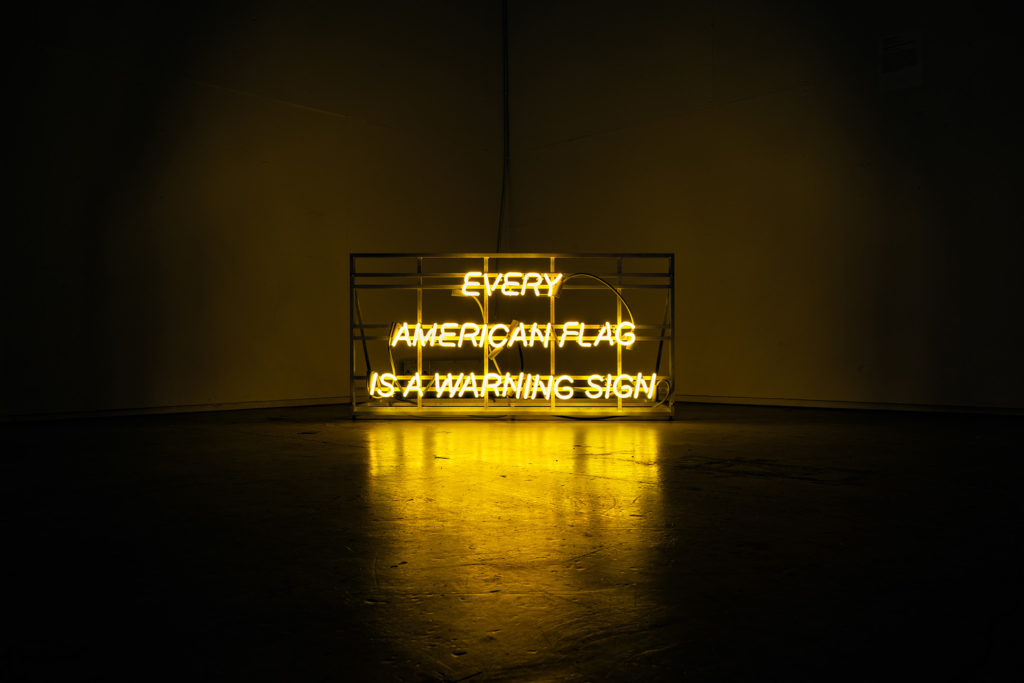
JT: We are in a moment when local museums and institutions have shifted their programming to center on local artists—Bishop Museum recently did a ten-year survey of Pow! Wow!, Honolulu Museum of Art is commissioning Hawai‘i artists in a series of site-specific installations activating their courtyards. Is this a trend that we can expect for Hawai‘i Triennial 2022?
DB: The unevenly distributed Covid-19 pandemic has placed local institutions and organizations in an even more precarious position than before. With the rise in international shipping costs and restrictions on travel, artists and audiences of Hawai‘i have become more crucial than ever. The irony is that it took a deadly virus for some to recognize and acknowledge the value of Hawai‘i. Another way to look at it is that our museums are simply appropriating the grassroots efforts of communities because their relevance depends on it. Regardless, if supporting Native and local artists is a current trend—long overdue—then yes, the upcoming Hawai‘i Triennial 2022 will continue in this direction.
The irony is that it took a deadly virus for some to recognize and acknowledge the value of Hawai‘i.
Since its inception, Hawai‘i Contemporary (the nonprofit formerly known as the Honolulu Biennial Foundation, which organizes the periodic exhibition) has overcome skepticism from the local community and leadership change. Today it faces all of the strains that come with a global pandemic. Perhaps now more than ever is a momentous occasion to reflect on the relevance of international art festivals in a cultural moment characterized by isolation and ideological difference.

